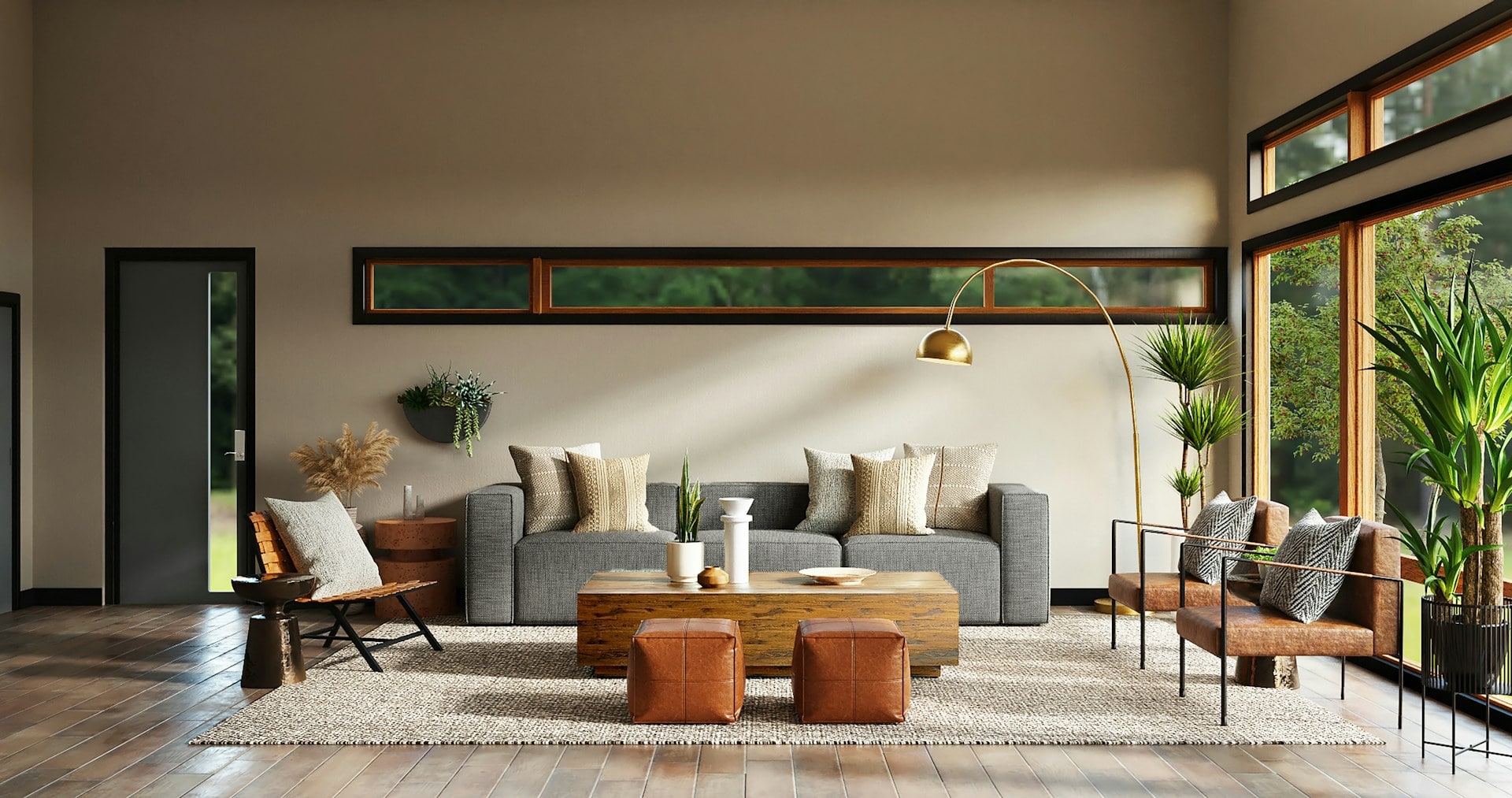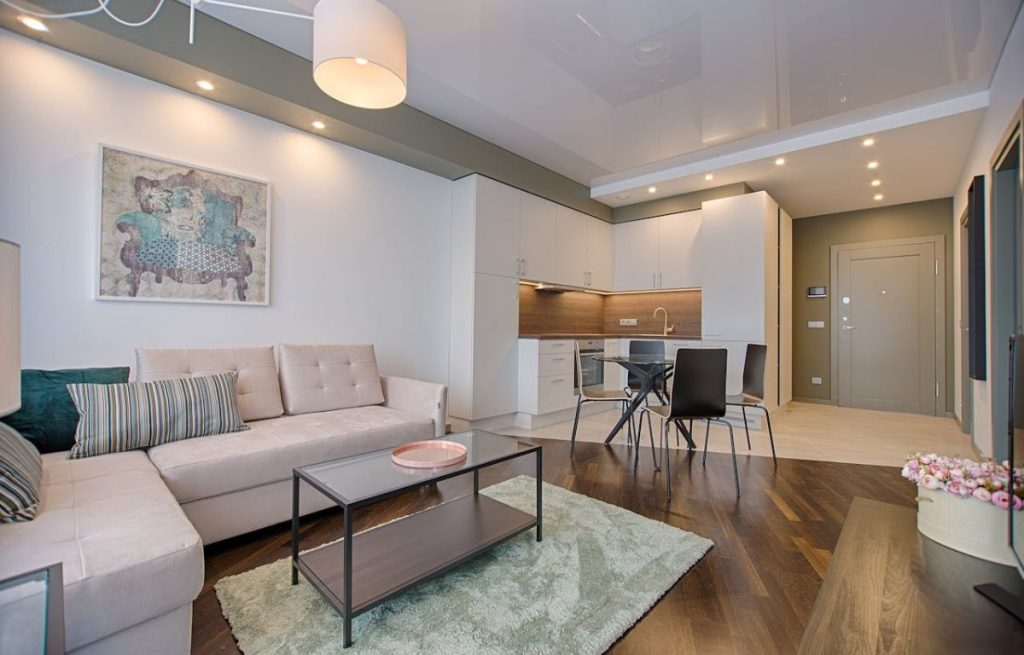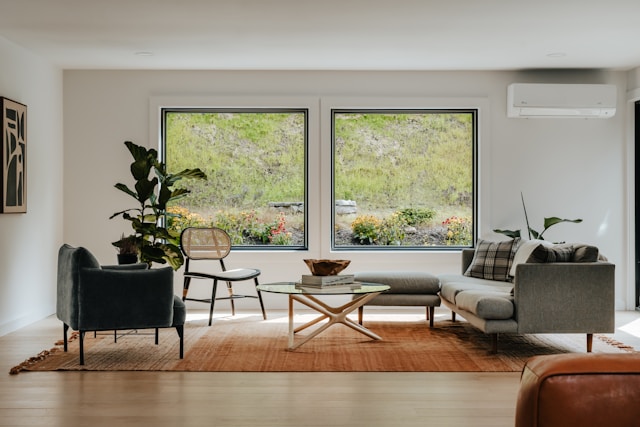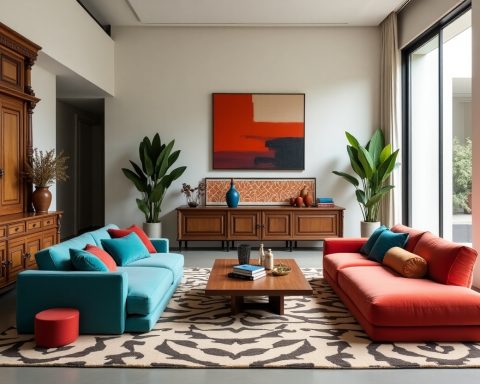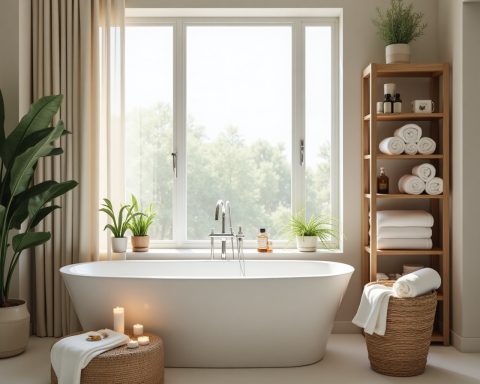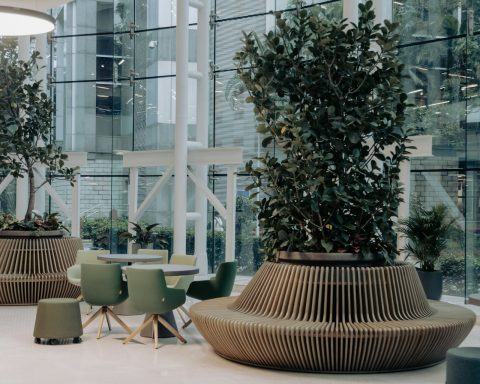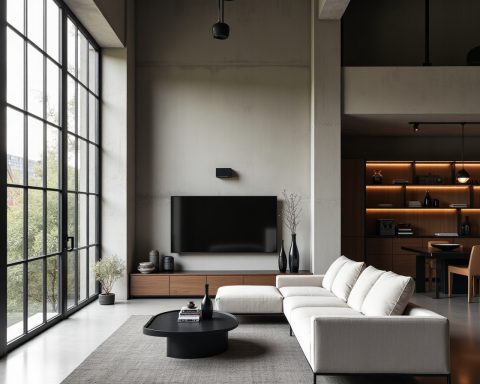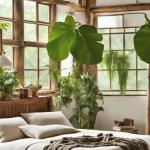Creating a beautiful and functional home is both an art and a science, requiring careful planning, creativity, and an eye for detail. A well-designed space enhances not only the aesthetics of your home but also its practicality and comfort. However, many homeowners unknowingly make common interior design mistakes that can negatively affect the overall look and feel of their space. From poor furniture placement to bad lighting choices, these errors can disrupt the balance, flow, and functionality of a room.
In this guide, we’ll explore the 10 most common interior design mistakes that people make and provide expert tips on how to avoid them. Whether you’re redesigning a single room or planning a complete home makeover, these insights will help you create a stylish, well-balanced, and inviting living space.
1. Ignoring Proper Lighting: The Key to a Well-Balanced Space
Lighting is one of the most crucial elements of interior design, yet it is often overlooked. A poorly lit room can feel dull, uninviting, and even uncomfortable, regardless of how well it is decorated. Inadequate lighting can also affect the functionality of a space, making everyday tasks more difficult and reducing the overall ambiance of your home.
To create a well-lit and visually appealing space, consider these essential lighting strategies:
Layer Your Lighting for Depth and Functionality
A balanced lighting scheme should include three main types of lighting:
- Ambient Lighting: This is the primary source of illumination, usually provided by ceiling lights, chandeliers, or recessed lighting. It sets the overall brightness of a room.
- Task Lighting: Designed for specific activities such as reading, cooking, or working. Desk lamps, pendant lights over kitchen islands, and under-cabinet lights in the kitchen are great examples.
- Accent Lighting: Used to highlight architectural features, artwork, or decorative elements. Wall sconces, LED strip lights, and picture lights add dimension and sophistication to a room.
Use Dimmers for Adjustable Brightness
Installing dimmer switches allows you to control the light intensity based on the time of day or the mood you want to set. Dimmable lighting creates a more versatile and adaptable space, making it easy to transition from bright and energetic to soft and relaxing.
Choose the Right Bulb Temperature
The color temperature of your bulbs can significantly impact the atmosphere of a room:
- Warm White (2700K-3000K): Ideal for bedrooms and living rooms, creating a cozy and inviting ambiance.
- Cool White (3500K-4100K): Best for workspaces, kitchens, and bathrooms, where clarity and focus are essential.
Maximize Natural Light
Natural light enhances a room’s openness and warmth. To make the most of it:
- Use sheer curtains or light-filtering blinds to allow sunlight to brighten the space without harsh glare.
- Place mirrors strategically to reflect and amplify natural light, making the room appear larger and more vibrant.
2. Choosing the Wrong Paint Colors First
Selecting paint colors before choosing furniture, rugs, and decor is a common interior design mistake that can lead to a mismatched or unbalanced look. While paint might seem like the foundation of a room, it should actually be one of the final decisions in your design process.
To ensure your space feels cohesive and well-planned, follow these steps:
- Start with Key Furniture and Decor: Large pieces such as sofas, rugs, and statement furniture set the tone for the space. Choose these first, as they are more challenging to match later.
- Select a Complementary Paint Color: Once your main design elements are in place, choose a paint color that enhances and ties everything together rather than dominating the space.
- Test Paint Samples in Different Lighting: Natural and artificial light affect how a color appears. Apply test swatches to your walls and observe them at different times of the day to ensure the shade looks good in all lighting conditions.
By choosing paint last, you avoid costly repainting and ensure that your space feels balanced and intentional.
3. Overcrowding a Space with Furniture
Filling a room with too much furniture can make it feel cramped and visually overwhelming. Instead of maximizing the number of pieces, focus on creating a well-balanced and breathable layout.
Here’s how to achieve a functional and stylish space:
- Prioritize Essential Pieces: Only include furniture that serves a purpose and contributes to the overall flow of the room.
- Ensure Proper Spacing: Maintain enough walking space between pieces to allow for easy movement. A room should feel open and inviting, not cluttered.
- Choose Multi-Functional Furniture: In small spaces, opt for furniture that serves multiple purposes, such as storage ottomans, extendable dining tables, or sofa beds.
- Avoid Pushing Everything Against the Walls: Floating furniture arrangements—where pieces are positioned away from the walls—can create better flow and a more intimate seating area.
A thoughtfully arranged room feels more spacious and inviting, enhancing both aesthetics and functionality.
4. Ignoring Scale and Proportion
A well-designed space requires a harmonious balance of different-sized elements. One of the biggest interior design mistakes is using furniture and decor that are either too large or too small for the room.
To maintain the right scale and proportion, avoid these common missteps:
- Using a Tiny Rug in a Large Room: A small rug can make a space feel disconnected and disjointed. Ensure your rug is large enough for at least the front legs of your furniture to rest on it.
- Choosing Oversized Furniture in a Small Space: Bulky furniture can overwhelm a small room, making it feel even more cramped. Instead, opt for appropriately scaled pieces that allow for breathing room.
- Placing Small Artwork on Large Walls: If artwork is too small for a large wall, it can feel insignificant. To create balance, either choose a larger statement piece or arrange smaller pieces into a gallery wall.
- Ensuring a Cohesive Mix of Furniture and Decor: Maintain harmony by mixing large, medium, and small-scale pieces rather than relying too heavily on one size category.
A well-proportioned room feels intentional, visually balanced, and comfortable to live in.
5. Neglecting Functionality
While aesthetics are important, a home should be as practical as it is beautiful. Designing purely for looks can lead to spaces that are visually appealing but difficult to use.
To create a home that is both stylish and functional:
- Consider Daily Use: Think about how you and your family will use each space before choosing furniture and layouts.
- Prioritize Comfort and Accessibility: Ensure seating is comfortable, pathways are clear, and essential items are within reach.
- Choose Dual-Purpose Furniture: Pieces that offer both style and practicality, such as coffee tables with storage or modular shelving, help maximize space.
- Keep Frequently Used Items Accessible: Store everyday essentials in convenient locations to enhance usability without compromising design.
A well-designed space should enhance your lifestyle, not complicate it.
6. Using Too Many Different Styles
While mixing styles can create a unique and eclectic look, too many contrasting elements can result in visual chaos. A lack of cohesion can make a home feel disorganized rather than thoughtfully curated.
To maintain a harmonious design:
- Stick to a Main Theme: Choose a dominant style, such as modern, Scandinavian, or industrial, and incorporate other elements subtly rather than mixing too many opposing styles.
- Maintain a Consistent Color Palette: A unified color scheme helps tie different styles together, creating a seamless flow throughout your home.
- Blend Styles with Intention: Instead of forcing different aesthetics together, find common elements—such as materials or shapes—that naturally bridge the gap between styles.
A well-balanced mix of styles results in a cohesive and inviting space.
7. Hanging Artwork Incorrectly
Artwork adds personality and depth to a room, but improper placement can make even the most beautiful pieces look out of place.
For optimal artwork placement:
- Hang at Eye Level: The ideal height for most artwork is 57-60 inches from the floor, aligning with the average eye level.
- Create a Gallery Wall for Smaller Pieces: If a single artwork is too small for a large wall, grouping smaller frames together can create a stunning visual impact.
- Ensure Proportion to the Surrounding Elements: Art should be proportionate to the wall and furniture below it. A tiny frame above a large sofa or bed will feel out of place—opt for larger pieces or a well-arranged collection.
Properly placed artwork enhances the character and balance of a room.
8. Skipping Rugs or Choosing the Wrong Size
A rug serves as an anchor for a space, defining areas and adding warmth. However, many homeowners either skip rugs altogether or select ones that are too small for the room.
To choose the right rug:
- Ensure Proper Sizing: A rug should be large enough for at least the front legs of furniture to rest on it, creating a connected and cohesive look.
- Use Rugs to Define Spaces: In open-plan layouts, rugs help delineate different areas, such as separating a living space from a dining area.
- Layer Rugs for Depth and Texture: Layering rugs, such as placing a smaller decorative rug over a larger natural fiber rug, adds dimension and coziness.
A well-chosen rug brings warmth, texture, and definition to a room.
9. Overlooking Storage Solutions
Clutter can diminish the impact of even the most stylish interiors, making storage solutions essential for maintaining a clean and organized home.
To maximize storage while maintaining aesthetics:
- Incorporate Multi-Functional Storage Furniture: Ottomans, coffee tables, and beds with built-in storage provide hidden compartments without taking up extra space.
- Utilize Vertical Space: Tall bookshelves, cabinets, and floating shelves help optimize storage without crowding the room.
- Keep Frequently Used Items Organized: Use baskets, bins, and drawer organizers to keep everyday essentials within easy reach while maintaining a tidy look.
A clutter-free home enhances both visual appeal and functionality.
10. Forgetting Personal Touches
A home should reflect your personality and experiences rather than look like a generic showroom. Personal touches make a space feel truly yours.
To infuse personality into your home:
- Display Meaningful Decor: Incorporate items like travel souvenirs, family heirlooms, or handmade artwork that tell a story.
- Mix in Unique Pieces: Vintage furniture, handcrafted decor, or one-of-a-kind items add character and uniqueness.
- Incorporate Textiles and Patterns You Love: Rugs, pillows, and curtains in favorite colors or patterns add warmth and individuality.
A thoughtfully personalized home feels warm, inviting, and uniquely yours.
Conclusion
Creating a stylish and functional home requires a thoughtful approach to interior design. By avoiding common mistakes such as ignoring proper lighting, choosing paint colors too soon, overcrowding a space, and neglecting scale and proportion, you can ensure that your home feels both balanced and inviting. Functionality should always go hand in hand with aesthetics, so it’s essential to prioritize comfort, efficient storage solutions, and practicality in every room.
Additionally, maintaining a cohesive design style, properly displaying artwork, selecting the right rug size, and incorporating personal touches will make your home feel uniquely yours rather than just another well-decorated space. Interior design is about more than just trends—it’s about creating an environment that enhances your lifestyle and reflects your personality.
By keeping these principles in mind, you can transform your space into a beautifully designed home that is not only visually appealing but also functional, comfortable, and truly welcoming.
